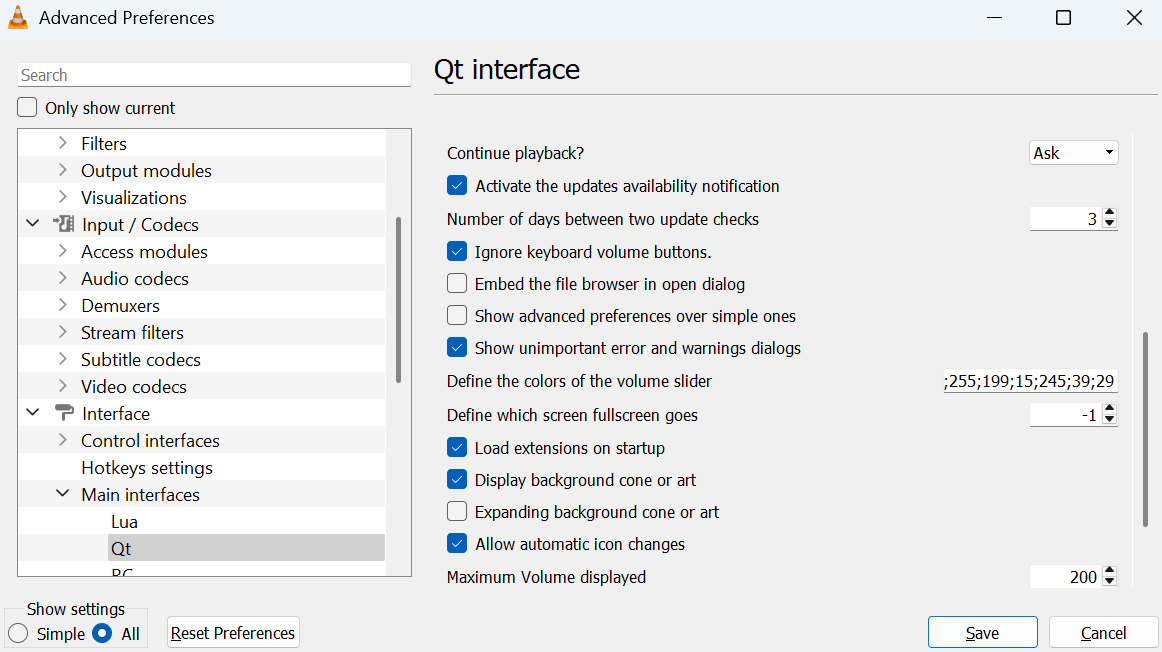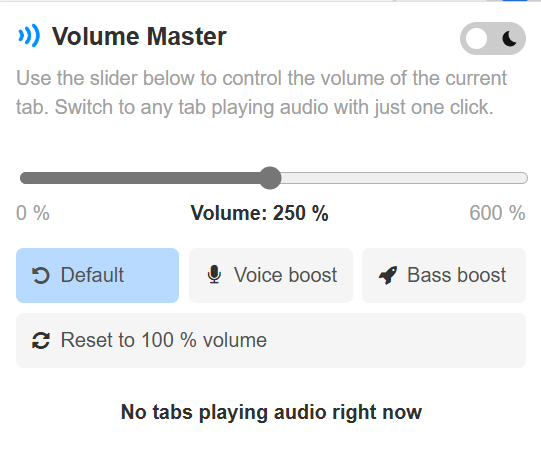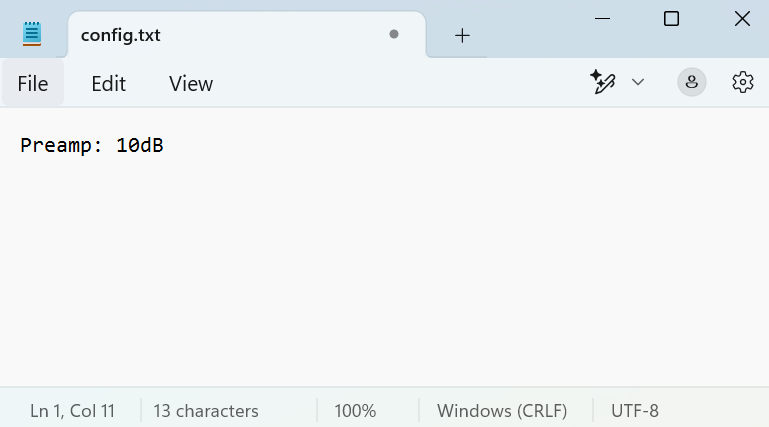If you’re playing audio on a desktop replacement laptop with a six-speaker-strong configuration, something like the Razer Blade 18 with its four woofers, two tweeters, and additional three smart amps, then you’re probably not going to be lacking volume in your media.
Then again, if you’re rocking a four-, or two-speaker system in a light and thin laptop, then even when Windows’ volume setting is 100 percent, your audio is likely to still be underwhelming at times. In that case you’re going to want to tune your volume past Windows’ 100 percent volume limit.
Some guides recommend using Windows Volume Mixer to do this, but Windows Volume Mixer generally won’t give you the option to surpass 100 percent for each app or program. Changing the registry isn’t advisable either since it can cause system instability. You’re better off using the following methods…
What to do…
Method 1: Use VLC media player
VLC media player is available for download on the Microsoft store so it’s readily available. Just a disclaimer: You may not want to raise the volume to VLC’s maximum 300 percent volume since this could damage your speakers. Here’s what to do:
- First download and install the VLC app from the Microsoft store.
- Select Tools from the top menu, then Preferences. Below Show Settings toggle All.
- From the left select Main Interfaces, then Qt. Scroll down on the right until you see the category Maximum Volume displayed. In the box, type the value of the volume setting above 100 percent you want. Now close the tab to save your new setting.

Dominic Bayley / Foundry
Method 2: Install a Chrome extension
If it’s just a Chrome webpage you want to raise your volume in, then Volume Master will do the trick. This will work in YouTube too, so you can use it to view the channels you subscribe to.
- Search for Volume Master in the Chrome Web Store. Then click Add to Chrome to make it available in Chrome.
- Now click the Extension button (which looks like a puzzle piece) at the top of your screen to open the extension. Choose the tab for the media that you want to raise the volume in.
- Use the slider to boost the volume by a value up to 600 percent.

Volume Master extension works in the Chrome browser.
Dominic Bayley / Foundry
Method 3: Via an Equalizer tool
Most equalizer apps have to be purchased, but Equalizer APO, is open source so it’s free to download. It’s not officially supported on Windows 11, but the Windows 10 version still works for most users. Here’s how best to use it.
- First download Equalizer APO.
- Extract the zip file and launch the installer. Follow the installation instructions until you see the window named Configurator.
- Select the playback device that you want the Equalizer APO device to use. This will be either your speakers or headphones.
- Once you’ve finished the installation restart your PC.
- Back in Windows open File Explorer and navigate to C:\Program Files\Equalizer APO\ and open the config folder. Open config.txt with the Notepad app and change the value displayed in dB. You can change this to a maximum 20dB, but you’ll probably find 10- or 15dB is an acceptable volume boost.

Changing the preamp value in Equalizer APO’s config.txt.
Dominic Bayley / Foundry
Tip: For best results with each of these methods you’ll want to raise the volume in increments at first to find the maximum volume you can achieve before the sound gets distorted. Remember to listen to your media at safe levels that won’t damage your hearing or your device’s speakers.
Further reading: Best budget computer speakers 2025: Solid PC audio for $100 or less




